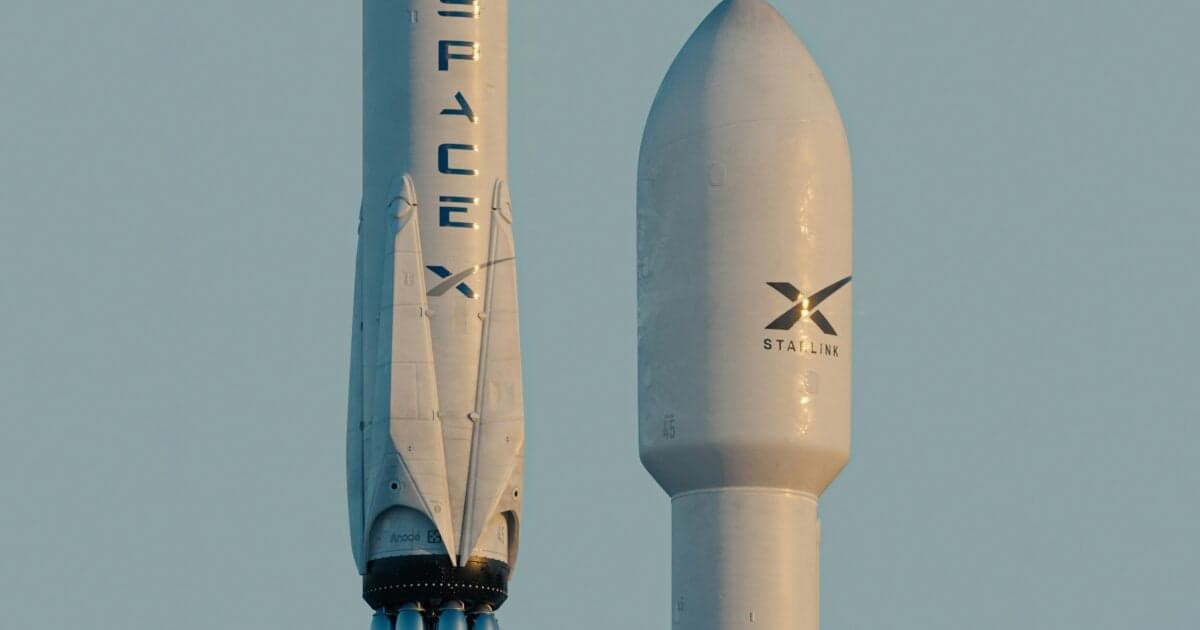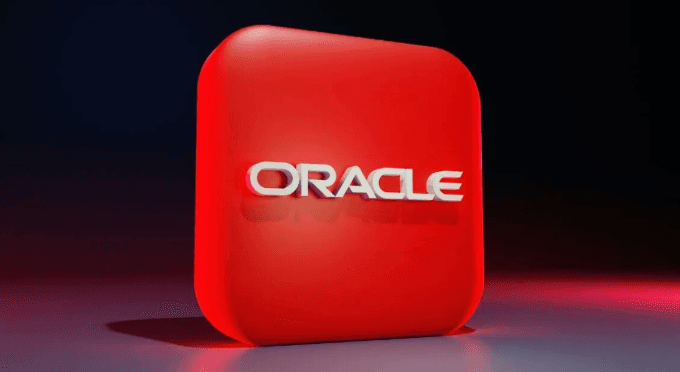CBDCs vs Stablecoins: How to Profit from the Fight Over Your Dollars


In January 2022, the Federal Reserve raised some eyebrows…
That was when America's central bank published a research report entitled Money and Payments: The U.S. Dollar in the Age of Digital Transformation.
But don't let the humdrum title fool you. What the paper outlined – if implemented – would represent a massive transformation in money. That's because the report considered the question of a central bank digital currency ("CBDC").
As the name suggests, a CBDC is a digital version of a currency (the U.S. dollar, in this case) issued by a central bank that would be available to the public and the banking system. One of the things that makes a CBDC different from more traditional digital money is that it would be a liability of the central bank. By comparison, the money in your bank account is a liability of a commercial bank. This would have important implications, which we'll discuss below.
But, in many ways, the Fed was late to the party.
The People's Bank of China (PBoC) began its own CBDC research all the way back in 2014. That was followed by banks in Sweden, England, and even the Bahamas. They were developing government-controlled currencies that could be held and used by the public with certain guarantees of security and insurance, but with a watchful eye over spending habits.
Meanwhile, 2014 was also the year that the stablecoins USD Tether (USDT) and USD Coin (USDC) launched, heralding an alternative to the idea of digital dollars that were decentralized and non-custodial.
Let's dig into what makes these two currency types – CBDCs and stablecoins – different. We'll also look at what implications there could be for investors in this space.
The Digital Money Divide
In essence, CBDCs and stablecoins are both trying to achieve a similar goal, and that's to allow consumers to spend their money in a digital economy. But the structure, motivation, and use of these currencies couldn't be more opposite from one another.
To put it simply, CBDCs are highly centralized, issued by state-controlled central banks with full access and traceability by governments. Why would a central bank issue an asset like this?
One of the big reasons is that it would provide another weapon in a central bank's arsenal to respond to crises. For instance, in response to the 2008 banking crisis, the Federal Reserve cut its key rate to effectively zero. At the same time, the central bank launched quantitative easing and bought Treasurys and mortgage-backed securities on the open market. All of this was done to flood the system with liquidity, lower long-term rates, and attempt to jumpstart a banking system and economy that looked to be stalling.
The problem is that central bank policy takes time to work its way through the system. The Fed, after all, doesn't directly control long-term rates. Between August and December 2008, the Fed slashed its Fed Funds Rate from around 2% to effectively zero. But the 10-Year Treasury yield didn't fall nearly as quickly. It was around 4% in August of 2008, and it wouldn't be until 2011 that the 10-Year yield would finally fall below 2%, a level the Fed would have considered "accommodative," given the extent of the crisis.
Put very simply: The Fed can move very quickly, but the effects are slower to materialize. In theory, a CBDC would change that.
Assume that Americans held a large percentage of their money in CBDCs back in 2008/2009. In that scenario, the Fed could have programmed a zero-percent (or even negative) interest rate on those assets. In that scenario, the desired monetary policy (low rates, which incentivize spending and investing) would have been felt immediately.
The downside, of course, is that the Fed would have direct control over your money…
Meanwhile, stablecoins are decentralized to varying degrees, issued by private companies or decentralized financial ("DeFi") protocols with little to no access to funds and encrypted traceability through blockchain explorers. As the name suggests, stablecoins are meant to have a stable value. The most-used stablecoin today is USDT, issued by Tether Limited and backed up with reserves in fiat assets, U.S. Treasury bills, and other investments like bitcoin (BTC) and gold.
Here's a table highlighting some of their key differences.
CBDCs versus Stablecoins
|
Category |
CBDCs |
Stablecoins |
|---|---|---|
|
Core Philosophy |
Central bank control of money supply |
Market innovation and financial freedom |
|
Issuer |
State-controlled Central Banks |
Private Companies or DeFi Protocols |
|
Motivation |
Regain control of digital money and modernize monetary systems |
Enable fast payments in a digital economy and provide stable value in crypto markets |
|
Backing Mechanism |
Full faith and credit of the government that issues it |
Fiat reserves, on-chain collateral, or algorithms |
|
Monetary Link |
Directly tied to a nation's monetary policy |
Independent of central banks, policy-neutral |
|
Architecture |
Centralized and permissioned ledger |
Distributed Ledger Technology (blockchain, hashgraph, or semi-permissioned chains) |
|
Barrier to Entry |
Very high, only central banks and approved intermediaries can issue or participate |
Very low, anyone with internet access can purchase and use, and developers can integrate into existing financial systems |
|
Privacy |
Limited with full traceability by governments |
Variable depending on which stablecoins, but generally more private |
|
Speed |
Variable depending on banks, but generally slower due to compliance layers |
Instant, 24/7 global settlement |
|
Global Momentum |
110-plus countries exploring or piloting programs |
Over $160 billion in circulation, trillions settled annually |
In summary, CBDCs are government-built digital currencies with centralized control and financial privacy concerns, while stablecoins are market-driven digital dollars with open access, decentralized custody, and global recognition.
Because of CBDC's large barrier to entry, it's lagging in the development race. So far, China has the most mature large-scale pilot for a CBDC – the digital yuan (e-CNY). It's used in retail transactions like transport and government disbursements, but overall, it's still only accounting for a small slice of China's money supply.
Meanwhile, India, Brazil, the U.K., Switzerland, and Canada have all entered advanced piloting or research phases for CBDCs. It's a growing storm that's sure to hit in the next few years.
As mentioned above, the U.S. Federal Reserve has been researching potential CBDCs for the U.S. for years now. But without explicit approval from Congress and the White House, those plans have stalled.
Still, if we've learned anything from the tale of the tortoise and the hare, it's not to underestimate slow movers. The Federal Reserve has stated that "a CBDC could provide a safe, digital payment option for households and businesses as the payments system continues to evolve and may result in faster payment options between countries." So, interest is there.
Stablecoins, on the other hand, have seen a global surge in popularity the past couple of years. McKinsey reports over $27 trillion in stablecoin volume per year, already surpassing Visa and Mastercard in how much value they settle. And that's with their currently limited usage in mainly DeFi protocols and crypto-based payments.
U.S. Dollar-Pegged Stablecoin Transaction Volume as of March 2025
Source: McKinsey
Meanwhile, regulatory clarity surrounding stablecoin issuance and usage is improving globally. The GENIUS Act in the U.S., which recently passed in July 2025, and the E.U.'s Markets in Crypto-Assets Regulation have set the stage for widespread stablecoin infrastructure development. They outline standards like transparent reserves, compliance, privacy, and insurance that bolsters trust among non-crypto users.
That's why institutions and corporations have already begun adopting stablecoin technology in treasury operations, payments, and liquidity management. In a recent Fireblocks survey, around 86% of firms said their systems are capable of supporting stablecoin flows.
For the foreseeable future, stablecoins are the clear winner in the U.S. and globally. So, let's dig into how we can benefit from their success.
Where Investors Can Find the Real Gains in Digital Currencies
When it comes to profiting from the new age of the digital dollar, there's a clear way to profit from stablecoins, and that's by investing in the rails they run on – blockchain technology.
When we say blockchain here, we don't mean just bitcoin. There are many different blockchains out there that do many different things. For example, Ethereum (ETH) is the second-largest blockchain by market cap after bitcoin, and its entire purpose is to act as rails for the development of DeFi products like stablecoins, decentralized applications, and more.
The more that consumers use stablecoins on Ethereum, the more ETH is used to pay for the gas fees involved. And with each transaction, a little ETH is burnt from the total supply. So, while ETH is inflationary, it has deflationary pressure during times of high volume. And stablecoins are providing a use-case to give Ethereum the high volume it needs to stay deflationary for longer.
Other blockchains and distributed ledger technologies offer rails in different ways, prioritizing speed, privacy, or innovative infrastructure for a variety of different use-cases. Like Hedera (HBAR), that uses hashgraph technology instead of blockchain in order to scale its infrastructure for worldwide adoption.
Then there are blockchains that exist entirely to speed up slower networks, like Polygon (POL) that helps to scale Ethereum. These help make the rails ready for the global integration of stablecoin technology, bringing instantaneous settlement and scalability to the network. Polygon has already secured major partnerships with Stripe, Nike, Reddit, and even Starbucks for stablecoin settlements and loyalty programs.
The truth is that investing in cryptos can be tricky for non-crypto users. Despite BTC hitting all-time highs multiple times this year alone, only around 14% of U.S. adults admit to owning cryptocurrencies as of July 2025. And even though onramps and exchanges like Coinbase make it easier for new users to transition from fiat currencies to cryptos, there's still a steep learning curve. Especially for those that want to transition to self-custodial options (like hardware wallets) and dive into DeFi applications, like high-yield returns on stablecoin deposits and collateralized loans without the need for prior approval.
Bottom line: The adoption of digital assets is still in the early innings. As adoption increases, this market will grow. As usage for these blockchains increases, the value of the native tokens for those blockchains will climb.
But there's another reason to hop on the stablecoin train, and that's to prepare for CBDCs. They may be facing opposition now, but the development and deployment of CBDCs in some form or another is likely inevitable over the long term. As I shared above, the benefits to a central bank are too compelling to pass up.
Getting comfortable with self-custodial options like crypto wallets and blockchain technology is a way to stay financially sovereign in a digital world.
In the Crypto Capital publication, Eric Wade and I research and discuss the best cryptos to invest in using vigorous research paired with our UPDRAFT scoring system, which looks at aspects like community, team, and levels of decentralization (among other factors) to find the cryptos with the best chance of gaining value over the short, medium, and long term.
The race for digital dollars is accelerating, and the winners will be those who understand how to profit from the systems they run on.
Regards,
Stephen Wooldridge II




